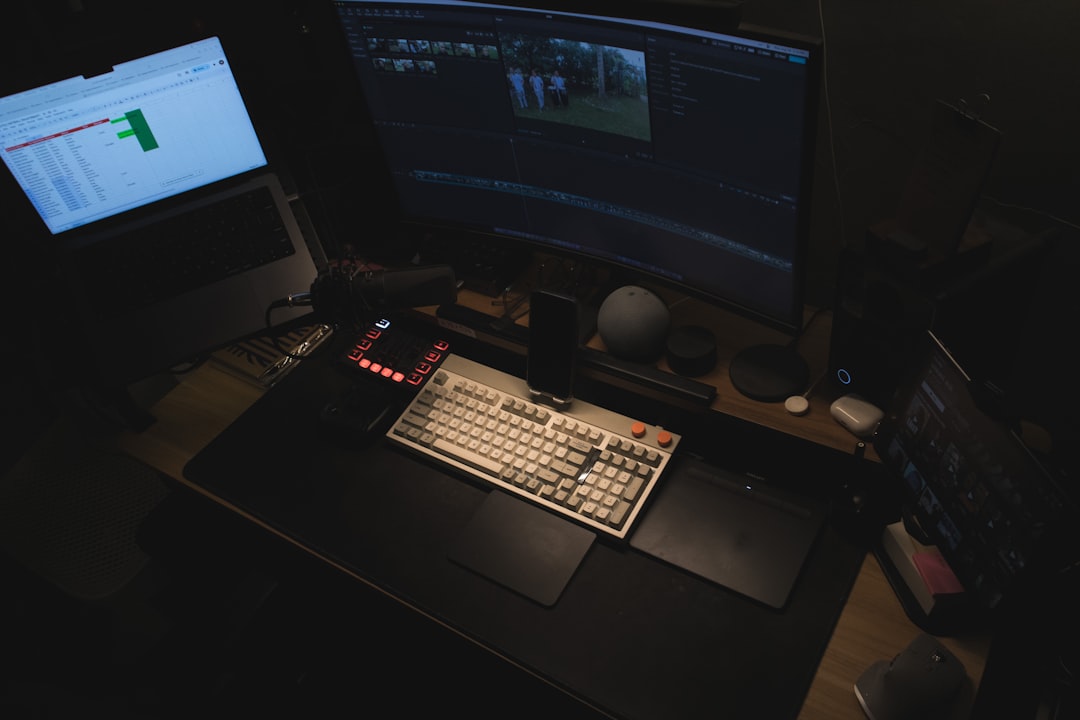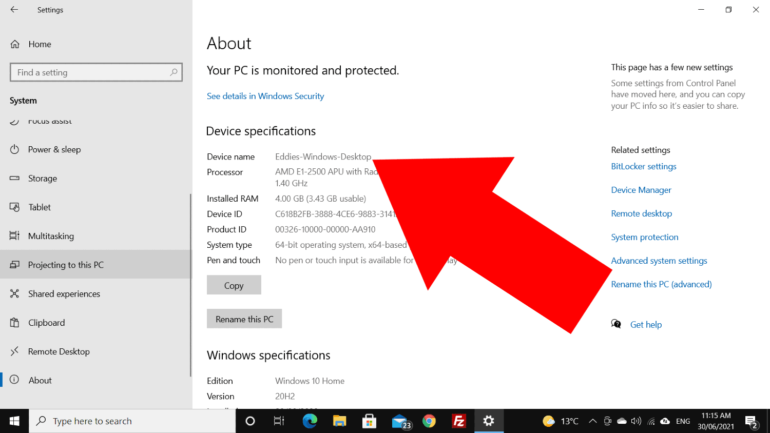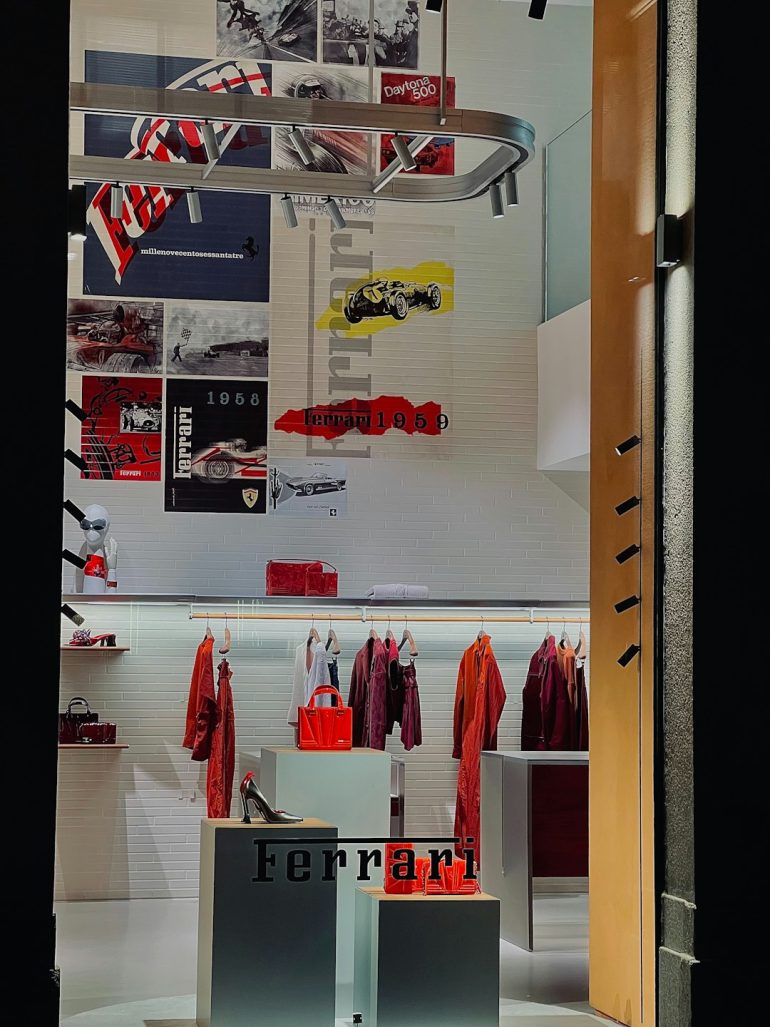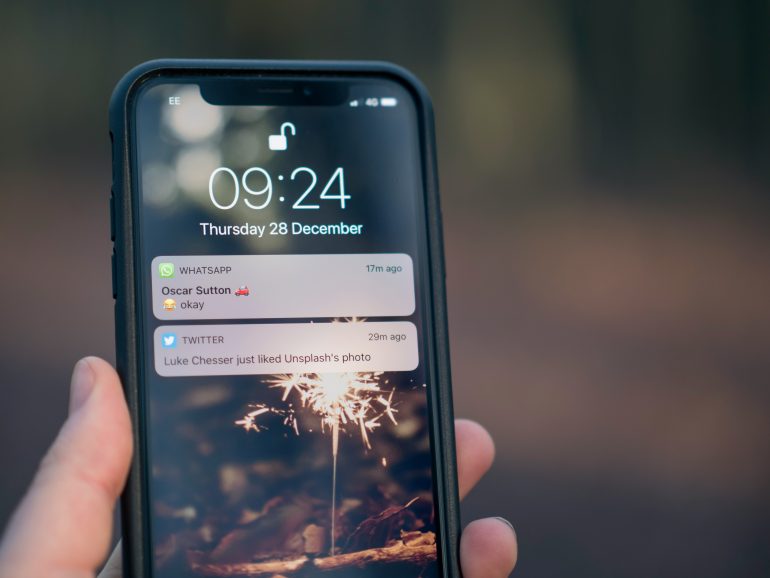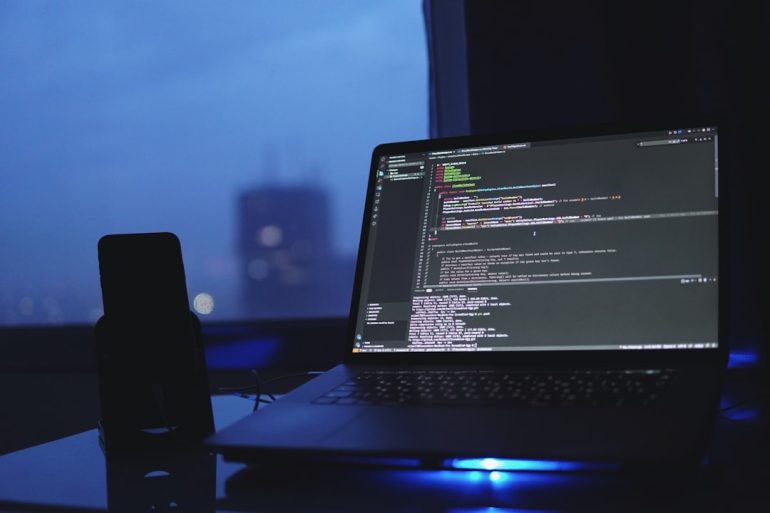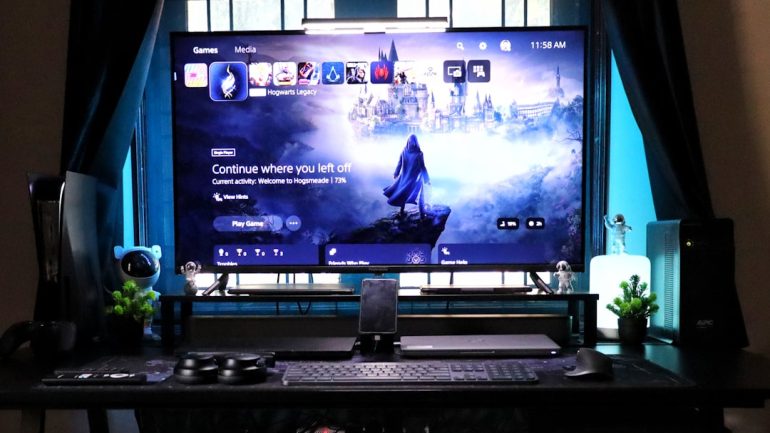How can businesses track the usage of rented tech equipment?
In today’s fast-paced digital landscape, many businesses opt to rent tech equipment such as laptops, tablets, servers, and audiovisual devices for projects, events, or seasonal needs. Renting offers flexibility and cost savings — but how do companies effectively track the usage of that rented equipment to ensure accountability, performance, and timely returns?
Efficient tracking can minimize losses, reduce downtime, and offer valuable insights into equipment usage patterns. Let’s explore the most effective ways that businesses can monitor the use of rented tech gear.
1. Implement Asset Tracking Software
Table of Contents
One of the most reliable methods for monitoring rented equipment is through specialized asset tracking software. These platforms allow businesses to input every piece of rented tech into a centralized system where it can be tagged, monitored, and analyzed throughout its rental cycle.
Most software options include features like:
- Real-time GPS tracking or RFID integration
- Identity-based check-in/check-out
- Automated alerts for delays or misuse
- Detailed usage reports
This digital system removes the guesswork and provides a clear picture of where each asset is and how it’s being used.
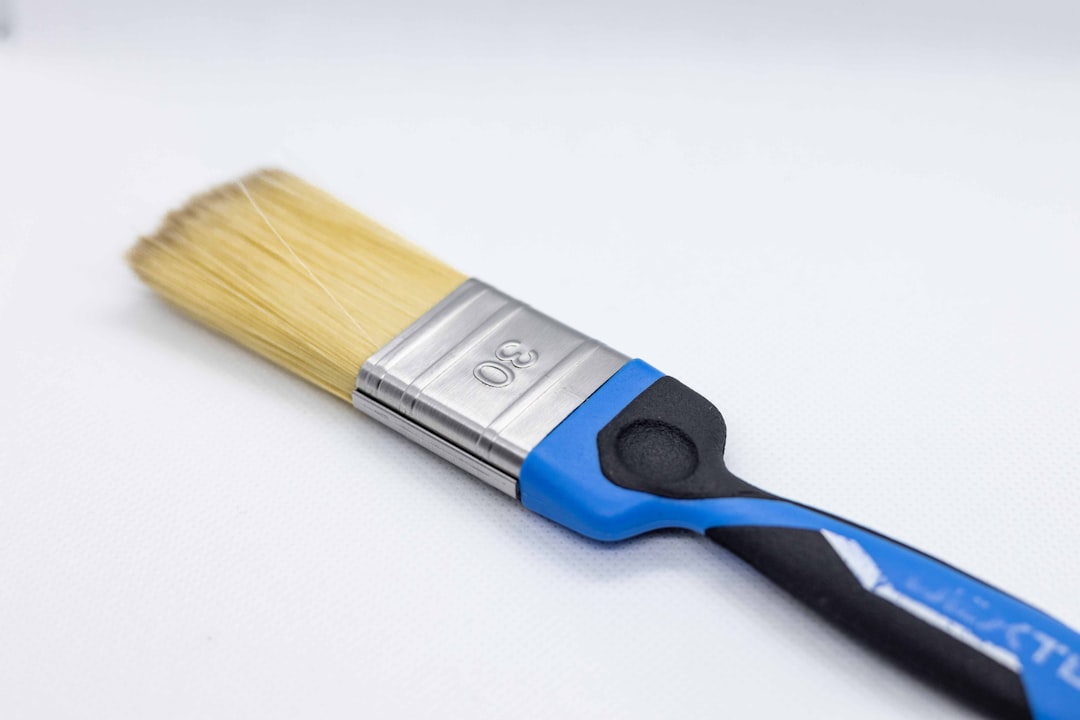
2. Use Barcode or QR Code Systems
Barcodes and QR codes are tried-and-tested tools for tracking rented tech equipment. By tagging each item with a unique scannable code, businesses can easily log where the item is, who is using it, and when it needs to be returned. Scanning can be done through hand-held barcode readers or mobile apps.
Benefits of this system include:
- Low cost and easy implementation
- Low learning curve for employees
- Quick and accurate data input
When integrated with cloud-based inventory systems, these scans can provide instant updates — reducing the risk of loss or misuse.
3. Assign Accountability Through User Profiles
To ensure responsible use, businesses often assign individual user profiles to each employee or team using rented tech equipment. This makes it easier to track:
- Who is responsible for the equipment
- The duration of the assignment
- Condition reports before and after use
Not only does this system promote accountability, but it also creates a sense of responsibility among staff, reducing damages and negligent behavior.
4. Monitor with IoT and Smart Tech
More advanced businesses are incorporating Internet of Things (IoT) technologies into their rented devices. These smart systems can provide real-time information such as:
- Device usage hours
- Operational performance
- Location tracking
- Battery and hardware health
This kind of in-depth telemetry is especially useful for high-value equipment like servers or specialized hardware. It empowers companies to make data-driven decisions on optimizing usage and anticipating maintenance needs.

5. Set Usage Agreements and Return Policies
Sometimes, good tracking starts with a solid usage agreement. Businesses should ensure every team member or contractor signs a policy document outlining expected usage practices, return timelines, and penalties in cases of loss or damage.
This legal backing clarifies responsibilities and deters misuse. It also makes it easier to enforce claims or pursue damages when necessary.
6. Regular Audits and Inspections
Regardless of the technology used, manual audits and inspections remain essential. Monthly or bi-weekly checks ensure that digital records match physical reality. Any inconsistencies can be flagged and resolved immediately — avoiding bigger problems down the line.
Audits help answer questions like:
- Is every item in good working order?
- Is usage within acceptable limits?
- Are all devices accounted for?
Conclusion
Tracking rented tech equipment doesn’t have to be a daunting process. With the right combination of technology, accountability, and routine checks, businesses can keep tabs on their rentals and avoid costly mishaps. Whether you’re managing five laptops or a fleet of specialized devices, implementing a structured tracking system will pay off in operational efficiency and peace of mind.
As tech rentals become more common, mastering equipment usage tracking is not just a best practice — it’s a business imperative.

